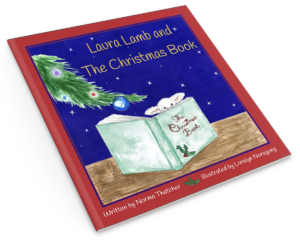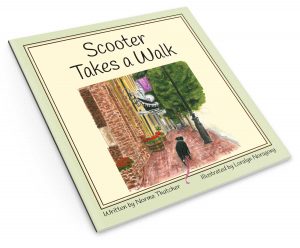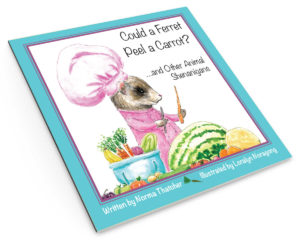
Photo courtesy of Freestocks.org on Unsplash.com
The television show featured a young woman having an argument with her dad. The father was urging her to write down some important information. Her reply was something like this, “My generation doesn’t write stuff down. By posting photos and videos, we SHOW what we’re doing, where we’re going, what we like.”
Okay, I get it, but only in a small way. They’re young, have active and busy lives, so if they can make a statement by snapping a picture and posting it, then they’re done, ready to move on to something else.
But it just feels so fleeting. Some postings, such as Facebook’s My Story, disappear into the ether after 24 hours. Gone, baby, gone.
This is so different than the advice from Joan Didion, journalist and screenplay writer. She advised aspiring writers to carry around notebooks to record moments of inspiration.
Marina Keegan, a young journalist who at 22 died in a car accident just days after college graduation, kept notebooks of what she termed “interesting stuff.” These were things she noticed that would likely have found their way into a story had she lived.
Thoughts and ideas are so fleeting. And there’s a permanence to paper that gives me comfort.
This point was driven home in the last few weeks when I finished a scrapbook of the life story of my son Tim who died ten years ago, also at the age of 22.
From paper calendars, I’ve been able to chronicle the everydayness of his life from birth up through middle school. How could I have ever simply recalled so many details?
By reading his elementary school writing assignments, I can tell you that his typical pattern was to write about four aspects:
a) what he was wearing (“Today I have on a camoflog shirt. It’s cool.”)
b) what he was doing (“My frend Daniel is coming to my house to play games.”)
c) something relating to super heroes or action figures or comic books
d) a snippet of what was happening at home (“My mom is away on a bizniss trip.”)
Because they were captured on paper, I’m reminded of words and phrases he mispronounced. For years he referred to last night as “yesterdaynight.”
And yes, the album contains many printed photos too, because pictures DO tell a story. But scrolling through photos on a phone’s small screen shot by shot is NOT the same as really looking at a spread of photographs on a page that you can hold as you read the notations I’ve added.
And in case you think I’m contradicting the recent advice I gave on clearing out stuff, I’m not and here’s why: The album contains a half dozen of the school writing assignments—just enough to paint a picture of the moment. And the rest I respectfully parted with. That’s how I worked my way through three boxes of papers, pictures, cards, and mementos: evaluating and choosing just enough to include and then parting with the rest.
It was not easy. And I’ll admit to retrieving two pieces from the floral trash can at my feet and finding a place for them in the book.
I have a meaningful end product that fulfills the mom-mission I set out to accomplish: joyously documenting the story of my son’s life.
Had I NOT kept paper records, would I have remembered that at age 3, Tim called bubblegum buddlebum? Or that at four he told an uncle, “Unk Bill, you have a ball head.”
Those are memories too sweet not to remember. We need to take action to preserve our memories because it’s human nature to forget stuff.
Write that down.




Norma:
If you have not already parted with the items which you decided to discard, please save them, I would like to peruse them when I come out of the 9th of March. I well remember when Tim told me about my “ball head”!! It was happily tolerated by me, since it came from Tim, but no one else has had that privilege!!! We all shared a hearty laugh when he made that remark. I look at his pictures, on Nanny’s dresser, EVERY DAY, and still can remember when you called me and Nanny, telling of Tim’s death. Nothing has ever shocked me as much!!!!! Not even Richard’s call telling me of our brother, Carroll’s self-inflicting!!! The grief softens over the years, but it never, ever leaves us. Just because they are no longer with us, doesn’t mean that we stop loving them!!! The hole is still in our hearts. There will be a reunion, God promises us there will!!!!
And the next time you’re out, save half an hour to read the scrapbook. You’ll enjoy it.
A new phrase I have adopted:
A parent instinctively protects their child,
a grieving parent instinctively protects their child’s memory.
Doing Tim’s book was so therapeutic for me. Instead of bringing me down, it lifted my soul.
I used to put together scrapbooks and photo albums all the time. They make great gifts to other family members too. I need to make time to get back to doing them as they were lots of fun and I love using my creativity too!
I figure I have enough Project Life cards on hand to complete 137 more scrapbooks. What was I thinking?!